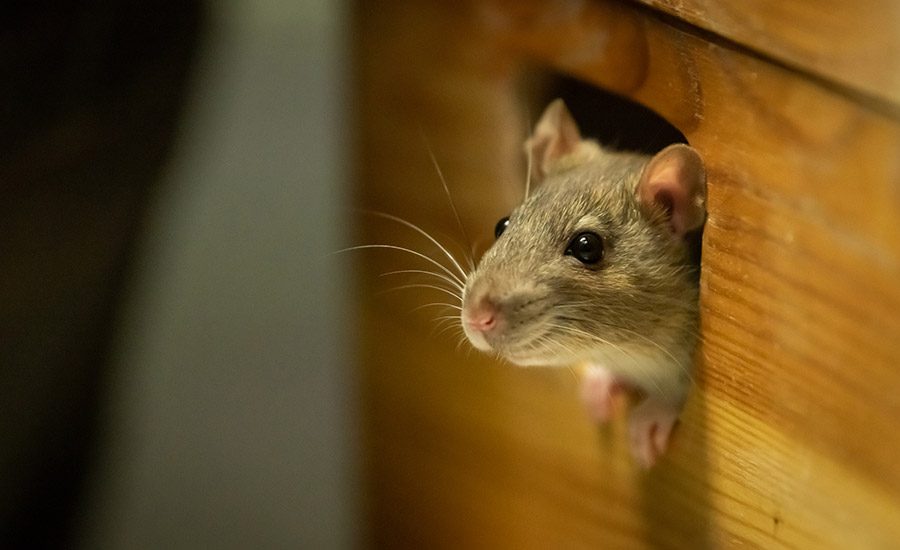
In turbine blade binding, lifetime mechanical performance is crucial. Cyclic loading and severe operational climates put high demands on all materials in a turbine blade's design, especially the adhesive bonds holding the major components together.
To achieve the best pure adhesive bond properties, sacrifices must be made in matching the ultimate cohesive and adhesive strength of the adhesive and its ability to hold two substrates together with its ability to absorb shock or deformation before failure. Some of these tradeoffs are due to fundamentals of polymer chemistry that can only be overcome at extremely high formulation costs or with complex application processes. The challenge is to find a solution that is compatible with turbine blade economics.
Structurally, it is important to not only have a strong bond but to match substrate and adhesive elasticity performance to ensure stresses are managed across a component assembly joint and not concentrated into the joint area. Anyone who has tried using a rigid adhesive to repair leather shoes will understand the need for this compatibility.
An adhesive is often first chosen on these mechanical properties. However, because of the size of structures for wind turbine blades, a couple of manufacturing issues must be considered:
- Preparation of surfaces to be bonded through each repetition of the process. The time for dispensing, mixing and application of adhesive in relation to adhesive gel speeds should be considered, including open and closed assembly time.
- The cure speed at given temperatures, the resulting thermal shrinkage and the adhesive’s thermal softening point will all influence the design of the curing and demoulding cycle.
Reducing Turbine Blade Costs
Depending on delivery transport distances, turbine blades can represent 15-25% of the total cost of a turbine, and, therefore, the total cost of the electricity eventually produced. Much of this cost can be improved if significantly higher production can be obtained from the same factory investment. For instance, a 10% increase in cycle time out of a blade mould will not only mean 10% more blades at the end of the year, but 10% less overhead cost allocation. In times of high growth, such productivity gains can delay the need for new plant investment. In times of lower demand, such productivity gains can beat the competition and score the rare contract.Significant improvements have taken place in the overall mould cycle time for blade component manufacture. Assembly of the basic constituent components, such as the sparcaps, shear webs, shells and roots, have been the main focus of most development work to assist in reducing these cycle times to achieve higher output. The heating and cooling processes used to speed the curing cycle can lead to severe thermal variation in the adhesive joints between the components, resulting in built-in stresses that may be large, especially in the often thick bondlines used in rotor-blade assembly. These stresses can affect lifetime fatigue performance.
Rotor blade manufacturers want their adhesive to address all risks. This combination of properties is a constant trade-off between cure progression for strength, shrinkage stresses caused by heat and exotherm, and the ability to achieve a correct thermal resistance, often expressed as a glass-transition temperature (Tg). Such fast heating and cooling also requires a tough adhesive to prevent thermal cracking, a property that usually reduces Tg. This becomes particularly important in large blade production, since dimensional variation in moulding 30- to 50-meter long composite components designed to fit together can require gluelines to fill in gaps that may be considerably thicker than needed. Careful consideration is given to these thicker regions that will show even higher cooling shrinkage stresses.
For blade manufacturers who have to avoid brittle adhesive, the preferred option has been to address the risk of cracking by lengthening cure cycles to provide lower thermal stresses. This unnecessarily reduces the productive turnaround speed of the mould. Choosing toughened adhesives like Gurit’s Spabond 340 minimizes this need for longer cycles, thus restoring production capacity and opening up the possibility to review further cycle improvements.

Cross-section of a turbine blade.
Monitoring Adhesive and Blade Weight
The high volumes of adhesive used in turbine blade assembly bring to mind another consideration when choosing an adhesive - consumption. Not only is it crucial to consider the cost per volume (not per mass) of an adhesive, but also the rheology or flow characteristics of the product, which may significantly affect the shape and size of the adhesive bondline and the amount of “squeeze out,” or material wasted by inadvertent flow away from the desired position. Choosing the right adhesive for both density and flow can affect the total adhesive weight in a typical blade by as much as 50-100 kg. As blade makers push larger, stretched blades onto existing turbine platforms to pick up lighter winds, keeping blade weight low becomes a critical concern.Consider Blade Size
As blades get larger, price becomes increasingly dependent on transportation costs. Before long, sophisticated modular designs with mid-length in-field joints will be used, allowing blades to be delivered in transportable pieces. While mechanical joints have many practical features for site assembly, the smooth, larger areas of adhesive-bonded joints help to manage stress concentration at these joints. Even mechanical fittings will have to be bonded to the composite at some point, as many blade root studs are today. The challenge of making this field-practical is one that again involves trade-offs in adhesive design but offers financial rewards if solved by blade producers and adhesive engineers working together at the design stage.Assembly Joint Size Critical to Success
The assembly joint design is a critical (and often overlooked) element of successful bonding; blade design is no exception. Adhesives work best if peel stresses are kept away from the joint, but this is not easy. Localized joint design for leading edge, spar cap and other joints can have a dramatic effect. This is often an area where most adhesive suppliers leave the clients’ designers and manufacturing engineers to provide solutions on their own. With its experience in raceboat and wind blade engineering, Gurit offers a large structural engineering service that can recommend designs for the adhesive joint profile to optimize component structure while integrating production gains.By carefully designing the structure and its joint elements, as well as considering the production process, over-engineering can be avoided. Thus, material consumption, time and energy can be efficiently used in the blade production to avoid waste.
For more information, contact Peter George, Head of Business Development, Gurit UK, St. Cross Business Park, Newport, Isle of Wight, United Kingdom PO30 5WU; phone +44 (0) 1983-828-000 ext. 448; fax +44 (0) 1983-828-100; e-mail peter.george@gurit.com; or visit www.gurit.com.


